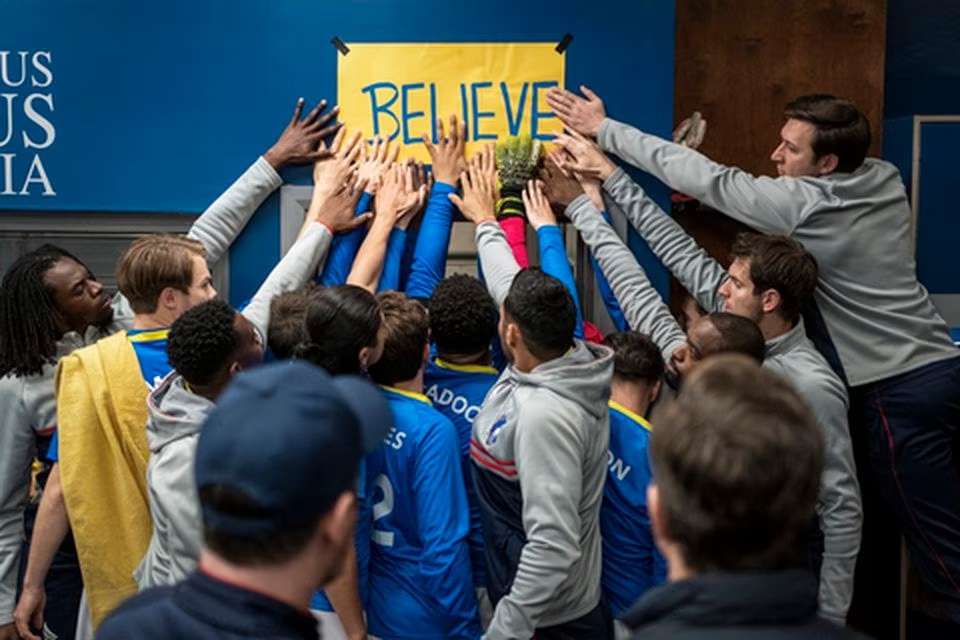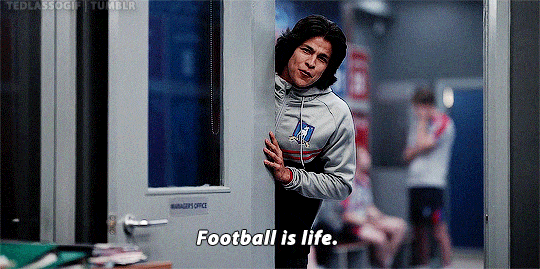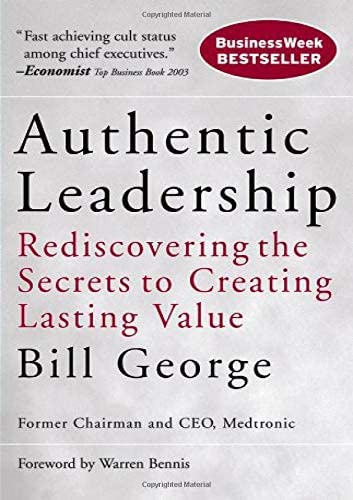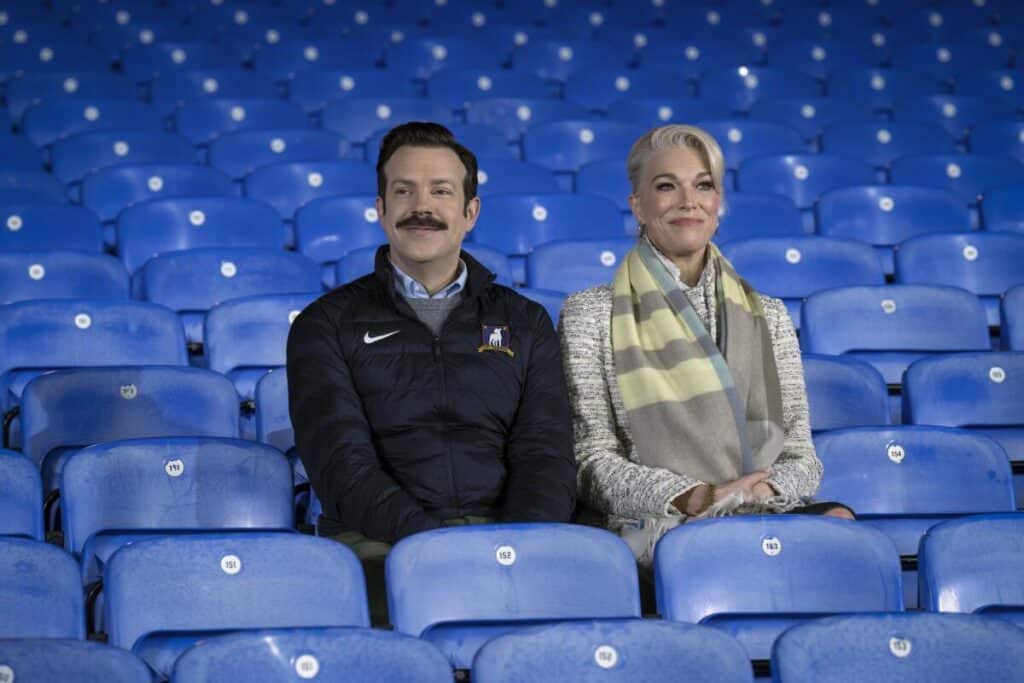I’ve been reflecting lately on lessons I’ve learned from playing sports over the years. Last week, I wrote about what sports taught me about life, so here I’m addressing leadership lessons from sports.
We all know how sports can help build our character as well as our fitness, how we can learn about teamwork, and how athletes can be fierce and unyielding in competition but also honorable and graceful in defeat. But what do sports teach us about leadership? Here are 12 of my top lessons based on my experiences, starting at age five, on the soccer fields, tracks, Little League baseball fields, and more.
1. The magic of fun.
One of the most marvelous seasons of all my time in sports was in Little League baseball in California. My Mom was Team Mother, as usual, and we were learning the game, from hitting and fielding to fitness and strategy. But Coach Marks took us beyond baseball that year. Way beyond.
Inspired by the Pittsburgh Pirates and their famous embrace of “We Are Family” as their theme song, we would play that iconic Sister Sledge song during warmups. But Coach took it to another level. He also taught us “dry baseball.”
Dry baseball involves everything in regular baseball, from grounders and pop-ups to double plays and stolen bases, except for one minor difference: there’s no ball involved. Yes, we went out during warmups in front of all the parents, umpires, and rival players and we “played baseball”—without a ball—to the funky beats of “We Are Family.” People loved it.
It was glorious. It bonded us as a team. I can’t say for sure that it helped us do well that season, but it was unforgettable.
Leaders in organizations should take note. How many people are suffering from lame or even toxic work cultures? Many workplaces have a big problem with disengagement and attrition. Questions to ask: How’s the fun factor here? Do people enjoy their work? Do they get to know their colleagues? Is there creativity and enjoyment?

“Serious play is not an oxymoron: it is the essence of innovation.”
-Michael Schrage, research fellow,
MIT Sloan School of Management’s Center for Digital Business
2. The power of belief.
When I played for the Choppers youth soccer team in California, Coach Goetz was the kind of coach who could get a ton of effort out of his players. He trained us hard physically and mentally. Sometimes he’d give us those looks where we could just see that he expected more from us. He was an imposing preference, big and buff, and always had high expectations.
Playing sweeper, I was the last line of defense before the goalie. If I got beaten at half-field by a long pass on a breakaway, I’d have a little time to catch up before my mark could get a shot off. As I sprinted full-throttle in pursuit, I’d inevitably hear a COWBOY SHOUT from Coach on the sidelines:
YEEEEEEEEEEEEEEHAAAAAAAAAAAAAW!!!
You could hear him a mile away. He knew I was fast and that I wouldn’t let the forward get a shot off.
I swear I could run twice as fast when I heard that yell. Coach was counting on me. He believed in me, and I never let him down.
How many leaders today trust their people? Really trust them? And show them that they believe in them and that they have their backs?

“Believe.”
-sign in the AFC Richmond locker room from the “Ted Lasso” TV series
3. Passion is contagious.
So many people have inspired me in my sporting endeavors over the years. The crazy cowboy shout. The time the captain of the high school soccer team showed up at our door the summer we moved there to invite us to practice—and his devotion for the game.

“Football is life!”
-Dani Rojas, from the television series, “Ted Lasso”
My friend Dan and how committed he was to being the best sprinter, and his fiery intensity. My soccer teammate, Peter Q as we called him, and the way he played with creativity and abandon on the pitch. My friend, Steve, whose excitement for the game (and life) was infectious.
The common denominator was the passion of one person and how it spread to others. So it is with leaders. When they’re passionate about the purpose of the organization, fiercely committed to upholding the shared values, and on fire about the vision, that passion can really ignite something in a team.

Leadership Derailers Assessment
Take this assessment to identify what’s inhibiting your leadership effectiveness. It will help you develop self-awareness and identify ways to improve your leadership.
4. A rallying cry can light a fire.
Before our college soccer games, sometimes they’d set up a P.A. system with big speakers on the sideline and blast music when they announced our lineup. Nothing like a little Van Halen or AC/DC to get our team and fans riled up. It was a rallying cry of sorts. We also had an actual rallying cry: “Stag Pride,” as we called it. (Our mascot was a Stag.) When we were exhausted from running drills at the end of practice, or when we were down a goal at halftime, it was all about “Stag Pride.”
At a startup I worked for years ago, we had a big launch date set in stone. The build to get there was massive, involving thousands of moving pieces and coordination across the whole company for months. When we put the deadline out there and started the countdown, it became a rallying cry. Families were depending on us for a great product. Leaders can use a rallying cry to focus the whole enterprise and get everyone excited and aligned about an ambitious aim.
5. Playing with both feet.
In soccer, most players have a dominant foot. They dribble, pass, and shoot mostly with their right foot or mostly with their left. It’s a function of biology, but it ends up helping their opponents because they can anticipate which way the player will go in most cases. Good coaches have their players work on their weaker foot to round out their game.
One summer, before the fall season started, I worked hard on my left foot for weeks, doing everything I could with just that foot. Over time, it paid dividends. I could take corner kicks with either foot and shoot well with both feet. During games, I would lull my defender into thinking I was right-dominant and wait for a critical play to go left.
Leaders should take note. First, they can go beyond their natural tendencies (e.g., logic and analysis) and develop new strengths (e.g., building empathy and emotional intelligence). Second, they can create an “ambidextrous organization”: one with the ability to exploit existing competencies while simultaneously exploring new opportunities. Most organizations are either good at optimizing their existing business model through efficient execution or at exploring and creating new business models via innovation, but not at both. Organizations that can do both well can soar.
6. Sink or swim.
Growing up, whenever I was team captain, I was thrown into it without any guidance or training. One day, you show up for practice, and you’re captain now. You figure it out as you go.
The same is true in many organizations. Workers are promoted to manager based on things like performance or seniority and then thrown into that management position with little or no guidance or training. Sink or swim. Is it any wonder that we have so many bad managers—and good people who haven’t yet learned how to be good managers?
We expect a lot from our leaders, and we need a lot from our leaders. What are we giving to leaders to set them up for success?

Personal Values Exercise
Complete this exercise to identify your personal values. It will help you develop self-awareness, including clarity about what’s most important to you in life and work, and serve as a safe harbor for you to return to when things are tough.
7. The damage of misalignment.
When I was captain of a team, I always had a co-captain. I always learned so much from them in so many ways. Lahmmy was a clutch defender and a character in the locker room, endearing him to us all. Dennis was solid, always down to business and reliable. Mike was tough, with a killer instinct. Jon was insanely talented, making tackles and plays that would take your breath away, and he thrived under pressure.
One year, our team was struggling with a disconnect between the coach and the team, and my co-captain and I weren’t on the same page about it—or about other things, like the intensity of our pre-season training. We both had our reasons, and we never worked it through to get on the same page. It hurt our team in ways that were hard to define but that were very real. In retrospect, I wish we had locked ourselves in a room to hash it out for as long as it took.
Truth be told, being co-captains isn’t easy (as with co-CEOs). On the plus side, it can help to have two minds on tough challenges, and two people out there motivating the team and supporting the coach’s vision, strategy, and tactics. But it can also cause confusion and disconnects. Leaders across the whole senior executive team need to align regularly and systematically or face painful consequences.
“…just a little daylight between members of a leadership team becomes blinding and overwhelming to employees one or two levels below…. it’s a big problem, and it makes deep organizational alignment possible.”
-Patrick Lencioni, The Advantage

Alignment Scorecard
When organizations aren’t aligned, it can reduce performance dramatically and cause frustration and dysfunction. With this Alignment Scorecard, you can assess your organization’s level of alignment and make plans for improving it.
8. Mutterers can kill a team.
When that same soccer team was struggling with morale and I mentioned it to my Dad, he told me there are four types of people in any organization: leaders, followers, objectors, and mutterers. Here’s the breakdown:
- All organizations and teams need leaders. Good leadership can have a big impact on teams.
- All organizations also need followers. How effective are leaders without good followers? The way people follow can make all the difference. Are they passive, unsupportive, and disengaged? Or do they get the work done, uphold the organization’s values, support their colleagues in times of trouble, and help to build the culture?
- Objectors express disagreement or even opposition. They challenge leaders when they enter questionable terrain. Sometimes they ask tough questions. Other times they state an objection clearly. By summoning the courage to do this, they play a critical role in culture, ethics, accountability, and more. Leadership expert Warren Bennis once noted, “No one is more valuable to the organization than the subordinate willing to speak truth to power.”
- Mutterers are the ones who sit quietly in a meeting, nodding their heads and going along, and then muttering frustrations and insults under their breath after the meeting. They diss leaders behind their back and take pot shots at colleagues when they’re not around. It’s a waste of time and energy, not to mention wildly counterproductive.
“Why do you complain rather than act?”
-Marcus Aurelius, ancient Roman emperor and Stoic philosopher
I’ve seen these four types of people in most organizations I’ve worked with and for. Leaders are wise to encourage and reward the good followers and objectors and deal directly and decisively with the mutterers.
9. Seeing the whole field and anticipating what’s next.
On a soccer field (and on courts, rinks, etc.), good players are careful not to get lost too much in the play itself. They look around and see what’s happening around them. Where are their teammates in relation to the defenders and the goal? What are the right runs to make and the right passes to make, at what distance and angle? If you watch a great player closely, you’ll see that they’ll often turn and look around and take in the whole picture, calculating their next moves.

“I skate to where the puck is going to be, not where it has been.”
-Wayne Gretzky, legendary hockey champion
So it is with leaders. It’s easy to get lost in the minutiae of what’s in front of them: meetings, problems, emails, spreadsheets, etc. Good leaders are careful to change their perspective often, thinking about how all these things fit into the shared purpose, vision, and strategy. They pay attention to industry trends, competitive moves, and emerging business models. Good leaders talk to people throughout the organization and beyond, from customers and suppliers to community members and relevant experts. They ask a lot of questions and gather data, so they can see where things are going and how they can position their organization to succeed in the unfolding market reality.

Strengths Search
We all have core strengths–the things in which we most excel. Take this self-assessment to determine your core strengths so you can integrate them more into your life and work.
10. The power of rivalry.
I recall many intense rivalries over the years. In high school, there was that team we had tied but never beaten. In college, there was our arch-rival down the street that we had absolutely had to beat every year.
Rivalries can be highly motivating because people are tribal. Our brains automatically sort people into in-groups and out-groups, and we have automatic, powerful, and even visceral feelings about the out-groups. Sometimes that works against us, as it can lead to mistrust, division, and prejudice in a society. Other times, it can work for us—as in sports or business.
Good leaders tap into their people’s competitive spirit and use it to drive the organization forward with excellence, growth, and profitability.
11. Pressure can be taken too far.
One team I played for had a long winning streak with its arch-rival over the years. Unfortunately, the way some people talked about maintaining the streak hurt our motivation, because it was all about fear. Fear of letting people down. Of losing. Fear of being the ones to blow the streak.
Any serious athlete knows that sometimes the day’s match doesn’t go as hoped. The glare in the goalie’s eyes at just the wrong moment. Hitting the crossbar again. When things get tough, we need focus and competitive fire but we also need to maintain a looseness to find our flow in the match. Panic serves no one. Keeping that looseness is hard when we’re coming from a place of fear.
12. Leading with heart and love.
I’ve had many coaches over the years: Marks, Goetz, Kohen, Murphy, Mosley, Davis, Hind, and many more. They all worked us hard and expected a lot from us. But they also gave us their time and effort. They were there for us. They led with heart and love.
Leading with heart. In most workplaces, heart is neglected. Instead, it’s mostly about “head” aspects like logic, skills, analysis, and technical competence. Where are the “heart” aspects like passion, courage, authenticity, and resilience? In his best-selling book, Authentic Leadership, Bill George wrote that great companies must “figure out how to tap into people’s hearts—their passions and their desires to make a difference through their work.”

Leading with love. Many executives today lead via fear. They’re focused on control or trapped by their ego and pride. Others lead with love. They focus on connecting, caring, recognizing and appreciating, giving, having fun, and more. It’s powerful and can be transformative for all involved.

“If you care about someone and you got a little love in your heart, there ain’t nothing you can’t get through together.”
-Ted Lasso, soccer coach character from the television series, “Ted Lasso”
Conclusion: My Leadership Lessons from Sports
There you have it. 12 leadership lessons from sports:
- The power of fun
- The magic of belief
- Passion is contagious
- A rallying cry can light a fire
- Playing with both feet
- Sink or swim
- The damage of misalignment
- Mutterers can kill a team
- Seeing the whole field and anticipating what’s next
- The power of a good rivalry
- Pressure can be taken too far
- Leading with heart and love

Goal-Setting Template
Goals are the desired results we hope to achieve—the object of our effort and ambition. Goals are common in our life and work, but that doesn’t mean we’re good at setting and achieving them. Use this Goal-Setting Template to set your goals properly, based on the research and best practice.
Reflection Questions
- What have you learned about leadership from sports or other activities?
- What more will you do to honor those lessons and carry them forward in your leadership today?
Tools for You
- Leadership Derailers Assessment to help you identify what’s inhibiting your leadership effectiveness
- Personal Values Exercise to help you determine and clarify what’s most important to you
- Strengths Search tool to help you identify your core strengths and integrate them more into your life, work, and leadership
- Alignment Scorecard to help you assess your organization’s level of alignment
Related Articles
- “What I Learned about Life from Playing Sports”
- “A Guide to Life-Boosting Activities”
- “What We Can Learn from the Olympics about Life and Leadership“
- “The Three Most Important Things Leaders Can Say to Their Teams”
- “Leaders, Do You Have Your People’s Backs?”
- “The 4 Types of People in Any Organization (Beware the Fourth)”
- “The Importance of Heart in Leadership”
- “Love-Based Leadership in Action”
Postscript: Quotations on Sports and Leadership
- “The main ingredient in stardom is the rest of the team.” -John Wooden, basketball player and coach, one of the most revered coaches in the history of sports
- “I do love a locker room. It smells like potential.” -Ted Lasso, soccer coach character from the television series, “Ted Lasso”
- “I am a member of a team, and I rely on the team, I defer to it and sacrifice for it, because the team, not the individual, is the ultimate champion.” -Mia Hamm, legendary U.S. women’s footballer
- “I think team first. It allows me to succeed, and it allows my team to succeed.” -Lebron James (“King James”), one of the greatest pro basketball players of all time
- “Champions keep playing until they get it right.” -Billy Jean King, professional tennis player
- “Don’t put a limit on anything. The more you dream, the further you get.” -Michael Phelps, gold-medal Olympic swimmer
- “You have to apply yourself each day to become a little better. By applying yourself to the task of becoming a little better each and every day over a period of time, you will become a lot better. Only then will you be able to approach being the best you can be.” -John Wooden

Crafting Your Life and Work Course
Regain clarity, direction, and motivation for your next chapter, starting with a powerful foundation of self-awareness and commitment to your values and aspirations.
+++++++++++++++++++++++
Gregg Vanourek is a writer, teacher, and TEDx speaker on personal development and leadership. He is co-author of three books, including Triple Crown Leadership: Building Excellent, Ethical, and Enduring Organizations (a winner of the International Book Awards written with his father, Bob Vanourek). Check out their Leadership Derailers Assessment or get their monthly newsletter. Gregg was a co-captain of his high school and college soccer teams and high school track team, First-State in high school track, and collegiate Academic All-American soccer player (Division III). If you found value in this, please forward it to a friend. Every little bit helps!

